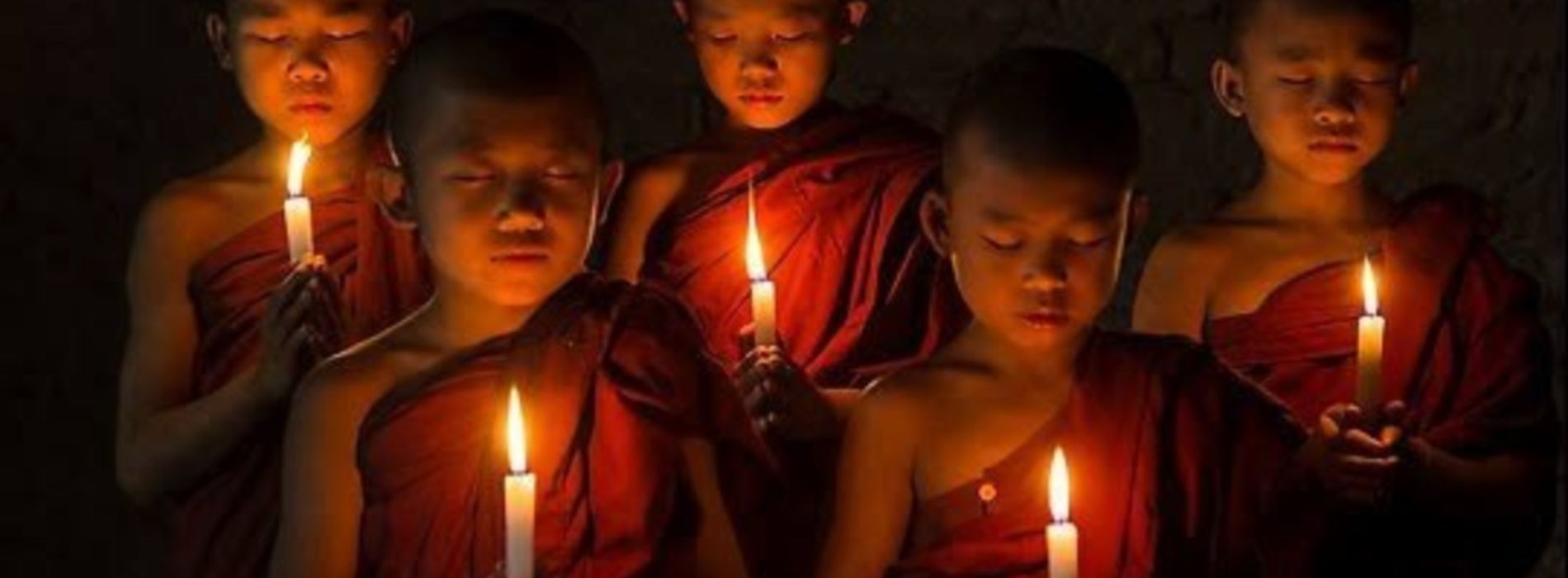How to pray to Buddha?
How to pray to Buddha? The method for effective Buddhist prayer
Praying to Buddha: a profound spiritual practice
When it comes to praying to Buddha, it is important to understand that this practice goes beyond a simple request or a traditional prayer. Praying to Buddha is a profound spiritual method for cultivating inner peace, compassion and spiritual awakening. By connecting to the caring energy of Buddha, we open ourselves to universal wisdom and unconditional love.
The Buddhist prayer is generally done using a mantra or a visualization. The mantra, often recited in Sanskrit, is a series of sacred words that has the power to transform our thoughts and generate positive energy. Visualization, for its part, consists of imagining Buddha or a bodhisattva in front of you, and connecting deeply to their benevolent presence.
The essential stages of Buddhist prayer
To pray to Buddha effectively, it is recommended to follow these essential steps:
1. Preparation: Choose a quiet place conducive to meditation. Light a candle or incense to create a spiritual atmosphere. Sit comfortably in a meditation position.
2. Centering:Take a few moments to refocus and calm your mind. Breathe deeply and release all tension. Visualize a benevolent light that envelops and protects you.
3. Recitation of the mantra:Start reciting the chosen sacred mantra with devotion and concentration. Let the words resonate within you and feel their impact on your inner being.
The meaning of objects used in Buddhist prayer
During Buddhist prayer, several objects are often used to symbolize the spiritual connection with Buddha:
1. The offering bowl:A bowl filled with water or rice symbolizes the offering of food to Buddha as a sign of gratitude and generosity.
2. Bells and sticks:These instruments are used to mark the beginning and end of prayer, as well as to attract the attention of Buddha and benevolent deities.
3. Mandalas:Mandalas are complex artistic representations used in Buddhist meditation and prayer. They symbolize the universe and help with concentration and visualization.
Silent prayer: a form of intimate communication with Buddha
Besides reciting mantras and visualization, silent prayer is also a common practice in Buddhist prayer. It is a form of intimate communication with Buddha, where words are left aside to allow a direct connection with divine energy.
When praying silently, it is important to create an inner space of calm and serenity. By closing our eyes and focusing on the presence of Buddha, we can feel deep inner peace and a stronger spiritual connection.
The benefits of daily Buddhist prayer
The practice of Buddhist prayer can bring many benefits to our daily lives:
1. Calming the mind:The Buddhist prayer helps calm the agitated mind and find a state of inner peace.
2. Cultivation of compassion: By praying to Buddha, we develop our ability to feel compassion towards all living beings.
3. Spiritual awakening:Buddhist prayer is a path to spiritual awakening, allowing us to develop our consciousness and our deep understanding of reality.
Conclusion: A rich and enriching spiritual practice
The Buddhist prayer is much more than a simple request, it is a profound spiritual practice that allows you to cultivate inner peace, compassion and spiritual awakening. By following the essential steps of Buddhist prayer and practicing regularly, we can experience the benefits of this practice in our daily lives. Whether you choose mantra recitation, visualization, or silent prayer, Buddhist prayer offers a path to wisdom and liberation. Start your practice of Buddhist prayer now and explore the depths of your being!












































